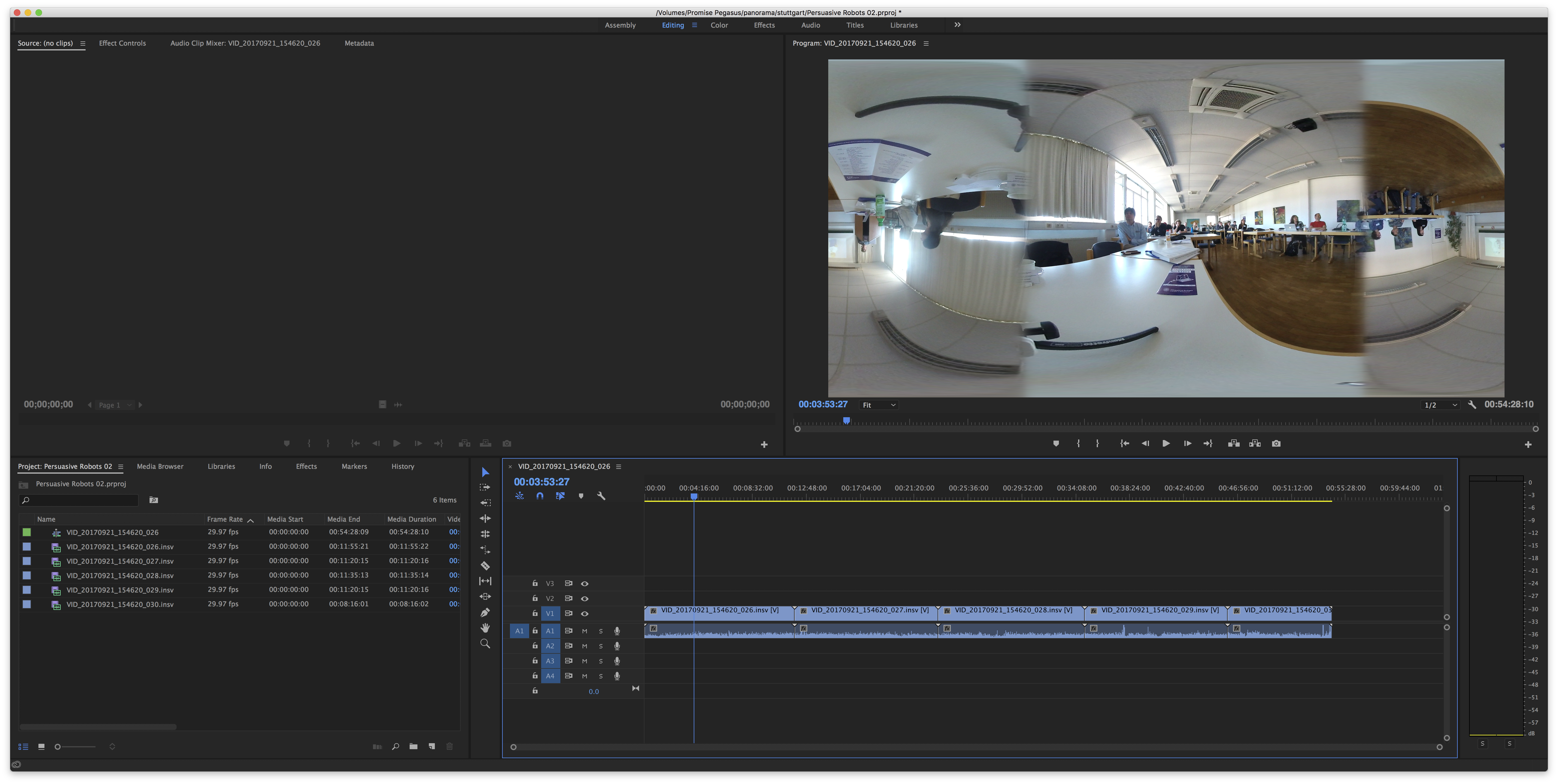

The abundance of effects, presets and features brought by Trapcode Particular will surely put it on the favorites list of many design professionals. To sum things up, it's safe to say that with this particular Adobe After Effects plugin you can create intricate particle systems.

Then choose a composition in the displayed dialog box and select OK. In Adobe Premiere Pro, choose an After Effects project file and select Open. Choose an After Effects project file (.aep), and then select one or more compositions. It should also be noted that Trapcode Particular takes into consideration several specific factors when generating particles, including gravity, air turbulence and resistance. Do one of the following: In Adobe Premiere Pro, choose File > Adobe Dynamic Link > Import After Effects Composition. The particle 3D rendering engine is state-of-the-art and it is adapted for use with multi-core processors which means you can create and enjoy truly realistic effects. Trapcode Particular also comes with a wide variety of built-in presets, like explosions, fireworks, flames, smoke and many more. With Trapcode Particular you get 3D camera integration, for a unique experience and complete immersion in the design, as well as truly realistic shading and physics controls.Īmong the effects provided by this plugin, it's worth mentioning the motion blur and the particle emitting particle effect, as well as the reflection that can be added to the rotating speck. Seamlessly integrating in After Effects, the plugin offers real-time and even interactive previews that will surely help a lot when it comes to particle animation and customization. This component is called Trapcode Particular and it aims to bring to the table a lot of effects you can use in your designs. Since Adobe's powerhouse is extensible via various add-ons and plugins, you might be interested in one that is especially created for building complex particle systems and animating them. Insofar as the visual effects and motion graphics design are concerned, one of the most powerful tools in the industry is the well-known After Effects. It might be too basic, but some of the plugin API stuff is pretty hairy, so a separate non-Adobe-API-related place to brush up on the language is probably a good idea.Working in the graphic design field is a highly specialized endeavor, which requires powerful hardware and software. If you haven't done a lot of C++ yet, C++ in Action is one of the better introductions I've seen. From Chapter 10 of the AE CS3 SDK Guide docs: It would probably also be helpful to get the After Effects SDK, as there are similarities between the two. There's a "Simple Video Filter" plugin in the examples that might be a good starting point.
The best way to get started would be to try compiling some of the examples that come with Premiere SDK, then see if they work as expected. From <3ds Max install folder>\ExternalPlugins\I don't know of any really good tutorials out there.


 0 kommentar(er)
0 kommentar(er)
